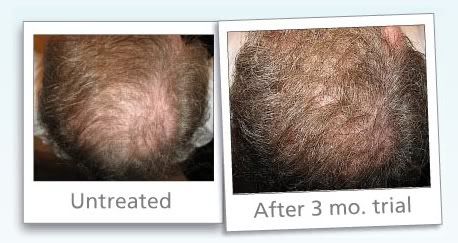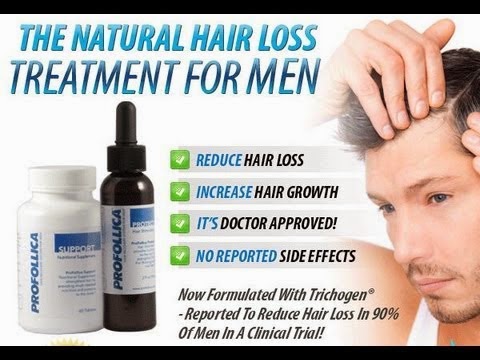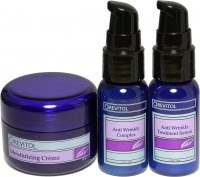
Learn how to get hair volume that will last starts with an understanding of how hair grows. How hair cycles is unique for humans and I will explain just how to get volume in hair by understanding these cycles.
How To Get Hair Volume
In most hair-bearing mammals seasons play a big role in shedding which usually cycles in waves. Studies conducted on rats and mice for example show hair will shed in a cephalocaudal pattern (direction of growth and development) beginning at the tip of the nose and progressing rearward toward the tail. Also see why does hair grow.
Start With Hair Cycles
Humans are different as each hair cycles individually. This distinction is known as a mosaic pattern. Our scalp hair grows during the anagen phase of the cycle for two to five years then transition to a telogen resting phase where the follicle sheds its hair and does not produce a new hair for 90 days.
When scalp hair follicles undergo pattern hair loss the cycle is modified so that the anagen growing cycle is shortened and the telogen resting cycles are more frequent. Ultimately, susceptible follicles may basically end up in permanent telogen phase which results in appearance as hair loss. Anatomically, the follicle structure remains intact but profoundly miniaturized and can be very hard to see.
How To Get Hair Volume That'll Last
How to get volume in hair has to start with reversing the effects of follicle miniaturization. This requires a proven hair loss treatment. Also I encourage you to the best rated hair loss treatments on the market.Men with visible thinning hair want to get more volume in hair and will often seek surgical hair transplantation which is based on an intriguing physiological precept which came to light in the 1940's. Here, it was found that hair bearing tissue transplanted into an anatomical region which had been denuded of hair continued to retain its donor identity. In other words, it did not matter where the healthy hair bearing transplant tissue was placed, it continued to produce healthy and vigorous, thicker hair.
This paradigm, which became far more refined as years and decades passed, was used to replace grafts of hair producing skin tissue into zones where hair loss had occurred giving the appearance of thicker fuller hair.
One of the most significant challenges facing hair loss research scientists today is the fact that no animal model for human pattern hair loss exists. By way of contrast, many human diseases are faithfully replicated in animal models -- providing an invaluable insight into mechanisms and potential treatments.






